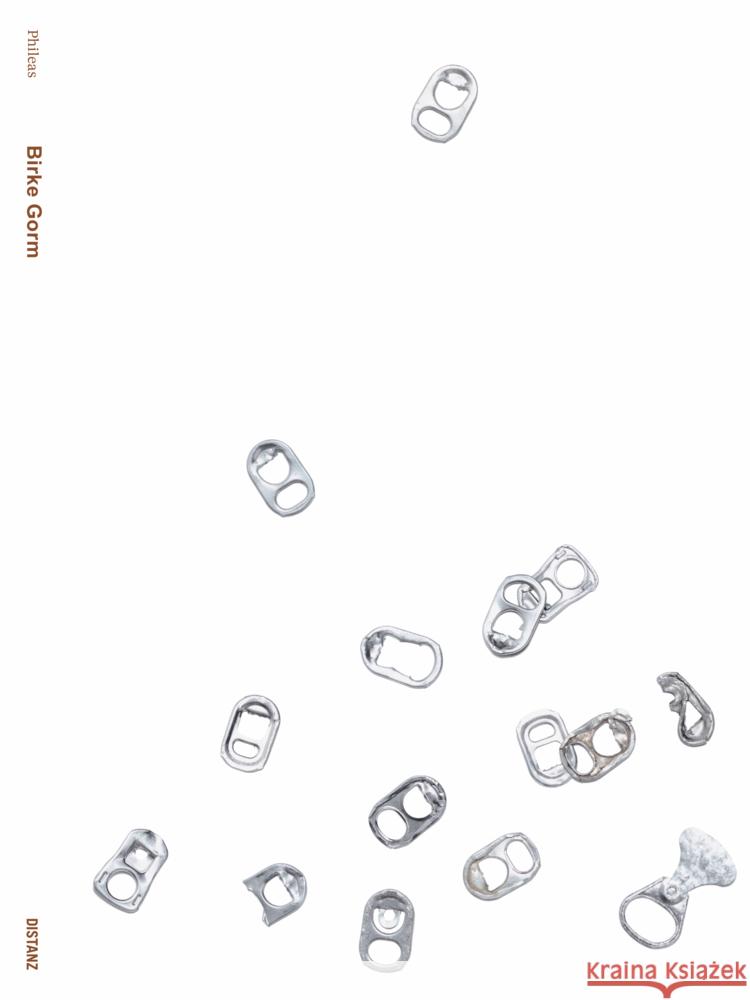Birke Gorm » książka
Birke Gorm
ISBN-13: 9783954766505 / Angielski / Miękka / 2024 / 172 str.
Wie Material das Patriarchat enttarntDas Sammeln von ausrangiertem Material ist ein wesentlicher Bestandteil in Birke Gorms (geb. 1986 in Hamburg, lebt und arbeitet in Wien) Werk. Die dänisch-deutsche Künstlerin sucht gezielt Materialien, die überflüssig, defekt oder unverkäuflich sind und im kapitalistischen System als "tot" gelten. Bräunlich-dunkle Töne gehören zu Gorms Werken ebenso wie die Einfachheit des Materials. Jute, Sackleinen, Holz, Keramik oder Steine scheinen aus einer anderen als der hochindustrialisierten Welt der glatten Oberflächen zu stammen. Mit der Wiederaneignung historisch weiblich konnotierter Arbeitsprozesse aus der häuslichen Umgebung wie z. B. das Nähen zeigt die Künstlerin die Potenziale der Produktion und Zirkulation von Alltagsgegenständen in Bezug auf die Demontage patriarchaler Hierarchien auf. Damit werden Gorms Arbeiten zu starken Symbolfiguren für die Bemessung von Wert, Material und Arbeit im Kontext von Geschlechterrollen und Gleichberechtigung.Die Publikation in der Reihe First Monographs (bisher erschienen sind Bücher über Sophie Thun, 2022, und Christian Kosmas Mayer, 2023) gibt erstmalig einen Überblick über die Praxis der Künstlerin. Mit Texten von Jonas Eika, Michelle Millar Fisher und Attilia Fattori Franchini, einem Foto-Essay von Daniela Trost und einem Interview zwischen Birke Gorm und der Multimedia-Künstlerin Hannah Heilmann. How Materials Unmask the PatriarchyGathering discarded materials is a central element of Birke Gorm's (b. Hamburg, 1986; lives and works in Vienna) practice. The Danish-German artist seeks out stuff that is redundant, defective, or unsaleable and regarded as "dead" in the capitalist system. Brownish-dark hues are as characteristic of Gorm's works as the basicness of her materials. Jute, burlap, wood, ceramic, or stones would seem to hail from a place far removed from our highly industrialized world of slick surfaces. By reappropriating techniques from the domestic sphere such as sewing that have historically been associated with women, the artist points up the potentials inherent in the production and circulation of everyday objects for a dismantling of patriarchal hierarchies. This makes Gorm's works compelling symbolic figures that speak to criteria of value, materiality, and labor in the context of gender roles and equality.The publication in the series First Monographs (previous volumes have been dedicated to Sophie Thun, 2022, and Christian Kosmas Mayer, 2023) offers a broader readership insight into the artist's practice. With essays by Jonas Eika, Michelle Millar Fisher, and Attilia Fattori Franchini, a photo essay by Daniela Trost, and an interview between Birke Gorm and the multimedia artist Hannah Heilmann.











